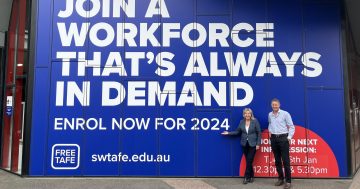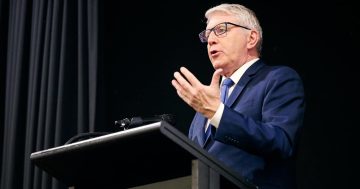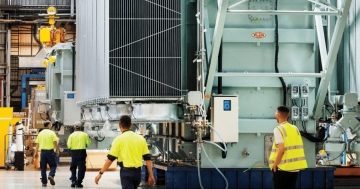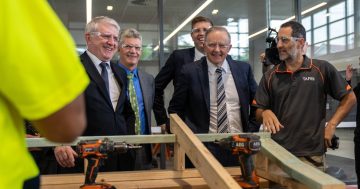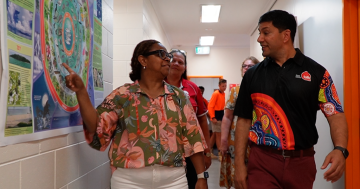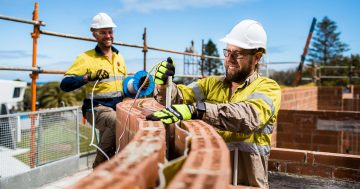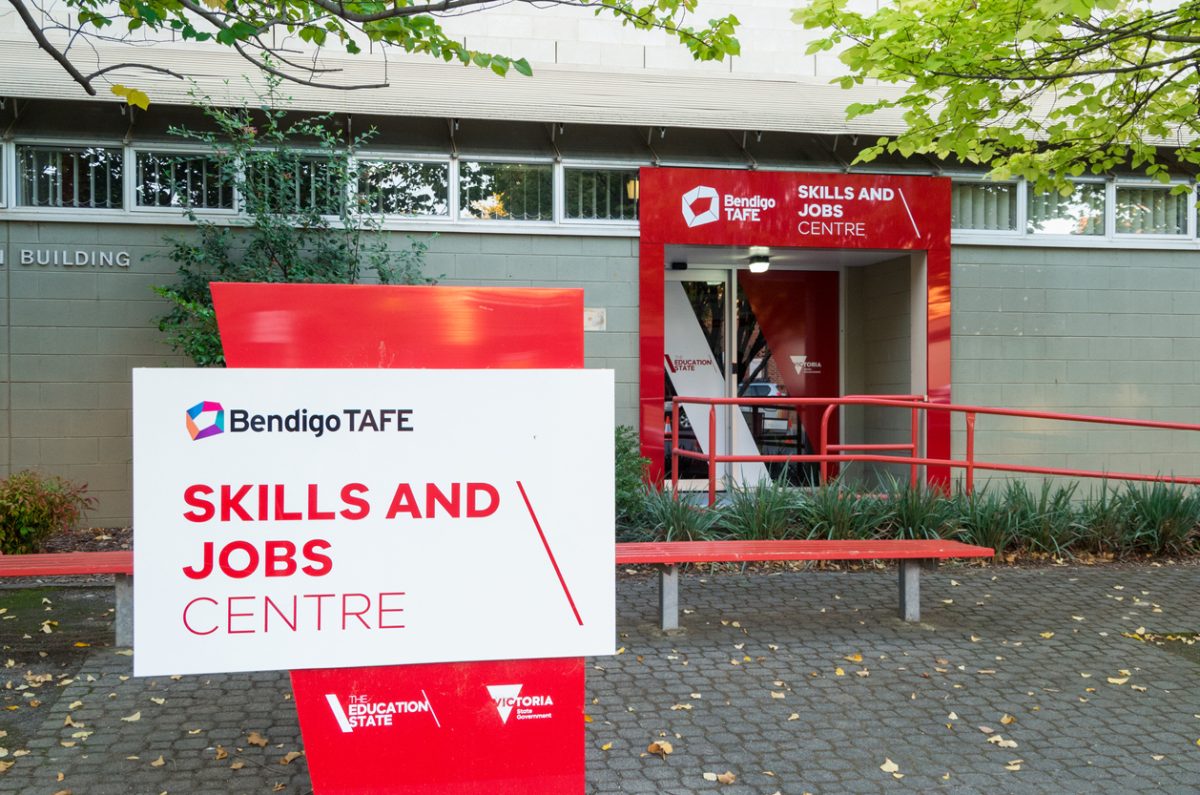
Victorians can study more than 80 TAFE courses and short courses at no cost. Photo: File.
Health care and social assistance, and education and training will be among the biggest job generators in Victoria over the next three years, according to a new report by the state’s skills authority.
More than 350,000 new jobs across 19 industries will be created between now and 2026, with almost 40 per cent of those jobs in health care and social assistance, and education and training. The Victorian Skills Authority made these projections as part of a report prepared in consultation with industry, employers and unions, to identify training opportunities for providers and industries to plan for future skills needs.
Victorian Skills and TAFE Minister Gayle Tierney joined 120 people from the training sector and industry at Holmesglen TAFE in Moorabbin this month to launch the Victorian Skills Plan for 2023 into 2024.
“[It] gives us critical insights into our state’s workforce needs across all industries, occupations and regions, helping us to deliver a connected, world-class training and skills system,” she said. “Through the Skills Plan and collaboration with training providers and industry, we are ensuring Victorians have access to the training and skills they need for fulfilling careers that are in demand, now and into the future.
“The annual Victorian Skills Plan is a critical body of work,” Member for Bentleigh Nick Staikos agreed.
“Knowing the skills that will be required in the future and how to access the training available is a valuable resource for Victorians of all ages.”
Other sectors projected to grow over the next three years include professional, scientific and technical services, hospitality, and manufacturing, which are expected to create more than 90,000 total jobs.
Victoria’s transition to a renewable economy is expected to create another 10,000 new jobs each year from now until 2030 and transform more than 500,000 existing jobs through new skills training.
The report also includes course plans for the state’s TAFE system, through which Victorians can study free courses in fast-growing industries, including nursing, community services and early childhood education.
Victoria’s State Government recently invested $186 million to expand the eligibility criteria for free TAFE, which allows Victorians to study more than 80 courses and short courses regardless of their qualification level and without any course limit within the priority pathway. More than 150,000 students have completed a free TAFE course, saving Victorian students more than $394 million since the program commenced in 2019.




